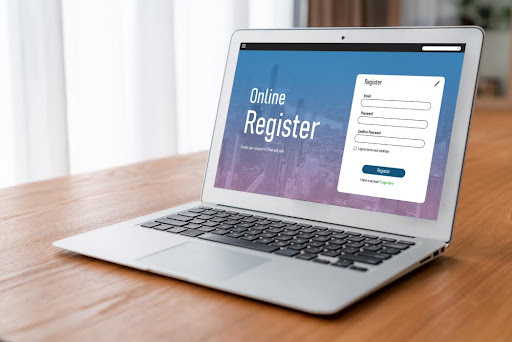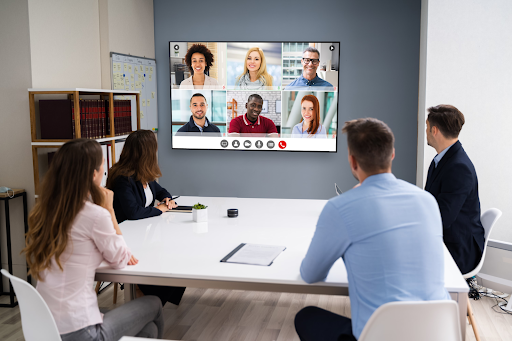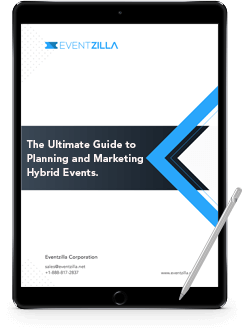Even though our entire lives seem to exist online, event planning is still a huge opportunity. People still love to come together and enjoy being around each other.
The events industry is so healthy that the employment of event planners is expected to grow by 7 percent until 2028.
But how do you plan and run an event to make sure it’s a swinging success?
Keep reading for our event planning checklist to make your events run like clockwork.
Set Objectives and a Budget
There’s no point holding an event for the sake of holding one. So you need to know what its objectives are.
These objectives or goals will also help you to make decisions. You’ll be able to align everything you do to ensure the event provides a good return on investment (ROI).
It’s best to work out your budget before you get too far into the planning. Again, this helps you to filter out what you can’t afford. This helps you to focus on what you can afford.
Remember to divide everything into ‘Essential’, ‘Desirable’, and ‘Nice to Have’. As long as you get everything on the essential list, your event will hit its objectives.
Events are the second most effective marketing tactic. Don’t be afraid to spend a little more on them.
Set a Date and Location
Your chosen date will impact the location and vice versa depending on availability. But, other factors can also come into play.
Choose a location to enhance the atmosphere of your event. Don’t just choose somewhere because it’s available. Check out our guide to choosing the perfect location.
If you can, pick a date that’s relevant to the event. For example, if you’re holding a Christmas fair, try not to hold it in the last week of November. Many people won’t have been paid yet so they may not spend as much.
Choose a Name and Theme for the Event
Pick a name that tells people at a glance what the event is about. This is particularly important if you want to run Facebook ads. You’re competing with a lot of other events so you need your ad to stop someone scrolling past.
Setting a theme also helps you to market your event. You’ll be able to let people know if the event is for them before they book tickets.
Because you set the budget earlier, you’ll know how much money is available to support the theme.
Decide How The Event Is Funded
Will attendees book their tickets online and fund the event through ticket sales? Consider offering an early-bird registration rate to get sales started.
Use your budget to dictate how many early-bird tickets you sell. You may decide to end the early-bird period once you’ve earned back your startup costs.
If the event is free to attend, you have two options for funding.
- Locate sponsors to cover your costs in exchange for advertising space.
- Charge stallholders or exhibitors to have a stand at your event.
The theme and the objectives of your event will determine which of these options you choose. Remember, you can mix and match. You might have sponsors and charge exhibitors.
Invite Guests
Will you have speakers at your event? Or special guests to help entice attendees to buy a ticket? You’ll need to know who these are before you start marketing the event.
Send out invitations well in advance. This gives you a better chance at landing the guests you want before they get fully booked.
As you did with the budget, brainstorm a list of guests and speakers you’d like. Divide them into ‘Essential’, ‘Desirable’, and ‘Nice to Have’.
If anyone from the essential list says no, move onto the desirable list.
Try your best to get all your guests from the essential list. 85 percent of people said they had more positive feelings towards a company after attending one of their events. Give people a reason to enjoy your event.
Start Marketing
Once your guests are confirmed, you can start marketing the event. Create your event website with Eventzilla to simplify buying tickets online.
Send details to your email list, perhaps with early-bird rates, to reward subscribers for their loyalty.
If they don’t sell out your event, move your marketing onto social media. Run a series of ads featuring each of your guests.
Provide swipe copy to your guests so they can advertise the event on their own social media channels.
Find Suppliers
Your event will have different needs depending on its objectives – so you can see now why they’re so important to set early on.
Will you need audiovisual technicians to handle presentations? How about catering staff to supply and serve food? An official photographer is a great way to capture images for use in promoting future events.
As with the guests, make inquiries as far in advance as possible so you have the chance to find alternatives. Your preferred choices may be unavailable.
Create Printed Materials
You’ll need signage so create this as soon as possible. Have it designed and proofread before you place an order. You don’t want your event to look amateurish because of an unfortunate typo.
Decide if you need printed materials. Will the event have a program or running order? This is a great place to put information about the sponsors.
Selling advertising space in the program also gives you an extra funding stream.
Share an Event Planning Checklist
A simple way to ensure the event runs smoothly is to give members of the team an event planning checklist.
It doesn’t need to include steps like setting a budget or a date.
But create a checklist with those tasks your team will need for:
- Setting up the event
- Managing the event as it unfolds
- Taking the event down after it ends
This keeps your team on the same page as you and limits misunderstandings.
Supervise Set Up on Event Day
Check everything as it arrives before Event Day. You don’t want to find an important element is missing on Set-Up Day.
Make sure everyone knows how the event needs to look and feel. This will help Set Up Day run more smoothly.
Walk around the event space as if you were an attendee or guest. Is it obvious where you can find food or toilets? Will you need a quiet breakout space for people to relax and recharge?
If possible, have somewhere to direct people if they arrive early on Event Day. Perhaps provide tea and coffee in a social area so they’re not hanging around getting impatient.
Manage Event Day and Teardown
The big day is here at last! Get there early and double-check everything is ready for people to start arriving.
Check-in your attendees so you have accurate numbers. This is useful for marketing and health and safety protocols.
Make sure the members of your team are visible and that attendees know who to ask if they have problems. Perhaps manage an ‘information stand’ to have a central point of call.
Post videos and images of the event to social media while it’s in progress. They provide excellent social proof about the success of the event. You’ll also share images after it’s over, but sharing during the event adds an immediacy to the content.
Encourage attendees to share their own content with an event-specific hashtag.
When the event is over, manage the teardown process. If you’ve hired equipment, it needs to go back to the supplier in the condition you got it.
Leaving the event space as you found it is a great way to make sure you can hire it again.
Have a Debrief
Analyze how the event ran and pinpoint three areas to think about.
- What worked well
- What worked but could have been better
- What completely fell apart
Ask your event team how they felt the event went. Speak to your guests for their feedback and thoughts on the event.
Send your attendees a survey after the event for their feedback. You’ll need all of this information so you can improve things (if necessary) for your next event.
What if nothing went wrong and everyone loved it? Work out how you can replicate the process for next time.
Follow the Checklist for Success
Having an event planning checklist is one thing. Using it is quite another. Use our checklist the first time out for a smooth event.
But feel free to add extra steps that are specific to your industry. This lets you embed the checklist into your planning.
Do you feel you need a partner in creating a seamless event planning process? Try out our event management software. Contact us and let us help simplify your workflow.







